
This lesson is part 1 of 2. This lesson is set up to have students explore the friction bridge designed by Leonardo Da Vinci. Students first discover the inventor and become familiar with his life
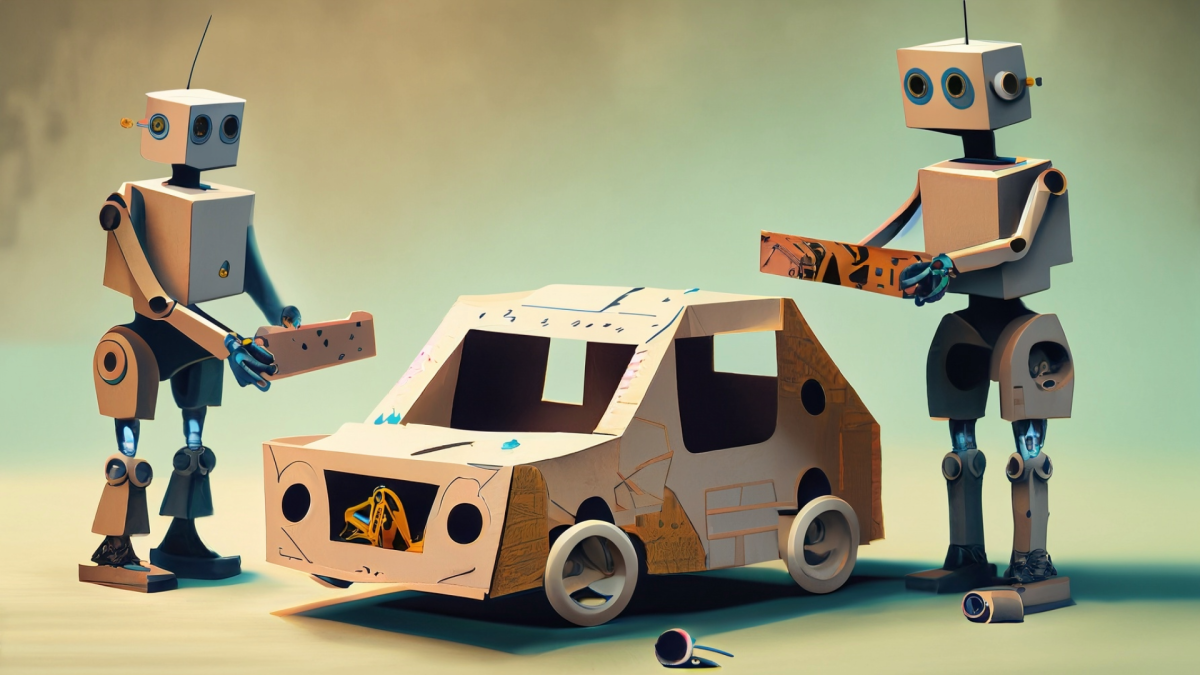
Students will learn about kinetic and potential energy and how energy transfers. They will use that knowledge in order to collaborate with peers to create a roller coaster that will demonstrate this
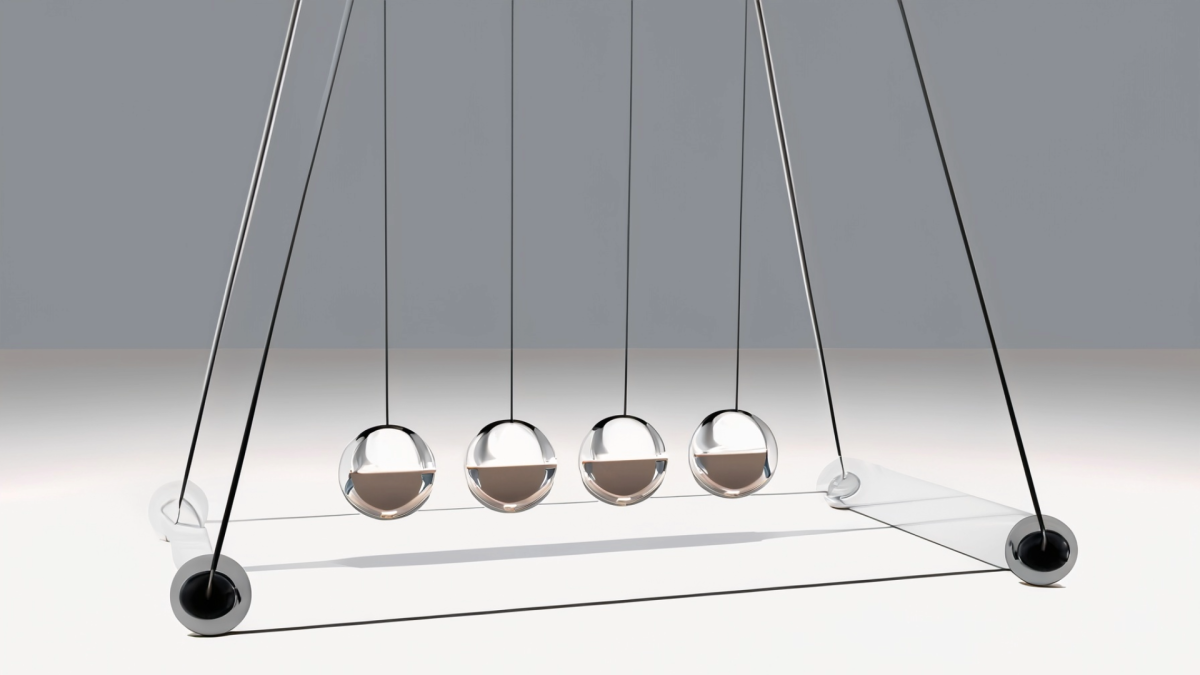
In this lesson, students uses a PhET simulation to investigate the types of energy and its conservation. They then perform an actual experiment to prove or disprove their findings from the simulation.
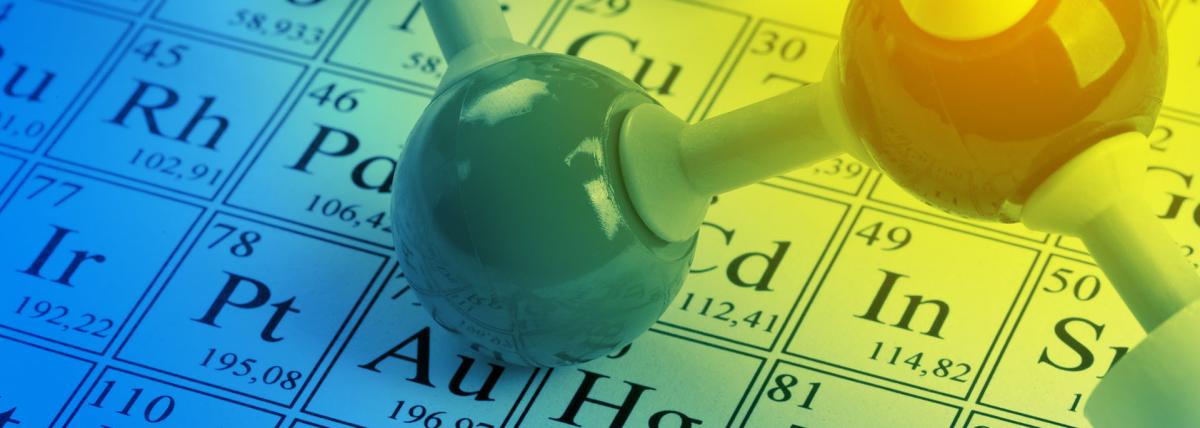
The purpose of this lesson and laboratory exercise is for students to gain an understanding of chemical reactions and how they work. The students will have the opportunity to see a reaction between
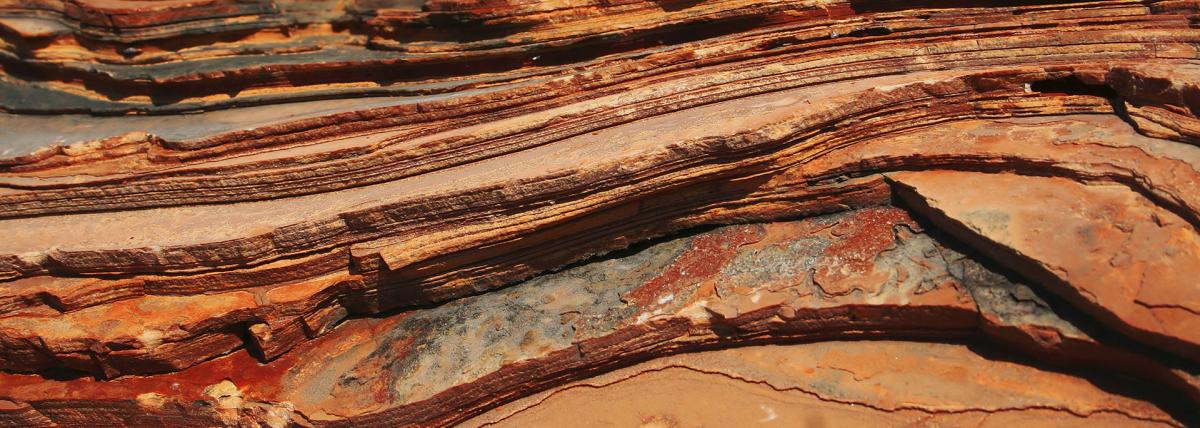
Students read The 3 Little Javelinas and experiment with making adobe bricks dwellings. Students analyze temperature data and describe benefits and drawbacks to using adobe.
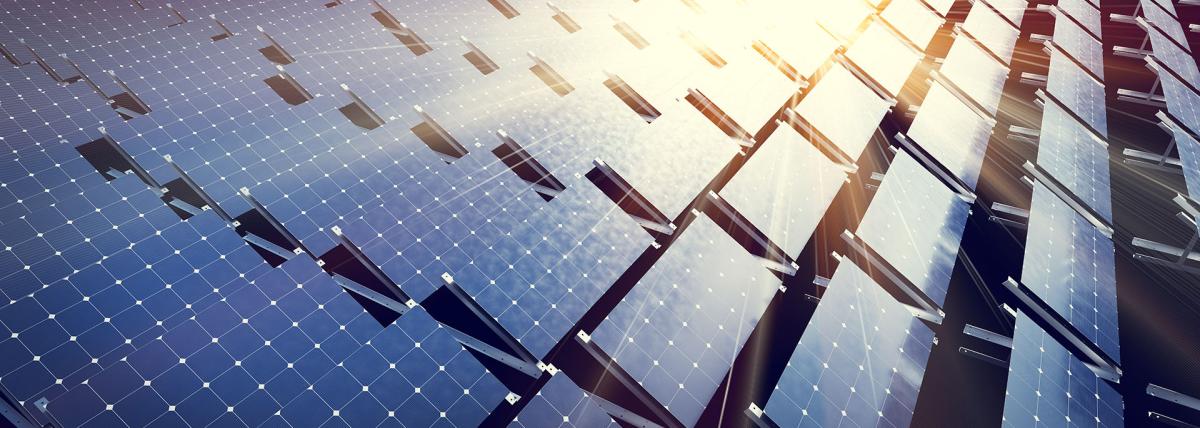
An investigation into the function and uses of solar panels in agriculture - Agrivoltaics. Exploring how to get the most efficient use of your solar panels for your gardens.

In this lesson, students will continue to build on their knowledge of electric circuits by testing materials for conductivity. Students will use Makey Makeys and random supplies to generate a

This lesson is an introduction to the sun’s energy. It is mainly an opportunity for students to explore resources and their environment independently or with partners. This allows students to

Students begin by using the Google Sunroof website to compare the cost/benefits of installing solar panels on a home's roof using different financial methods- buying, leasing and renting panels. After
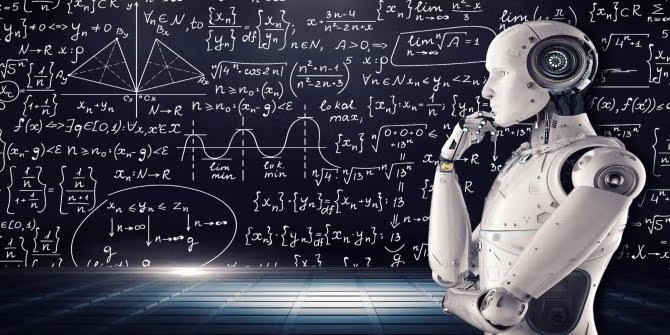
Get ready to engage with some hands-on activities that will illustrate the mechanics of calculating both kinetic and potential energy and unravel the equations for these essential parts of physics.

Students are constructing a cardboard control vehicle. Throughout this process, they will practice working with circuits and motors. In this lesson, students will begin working on the electrical
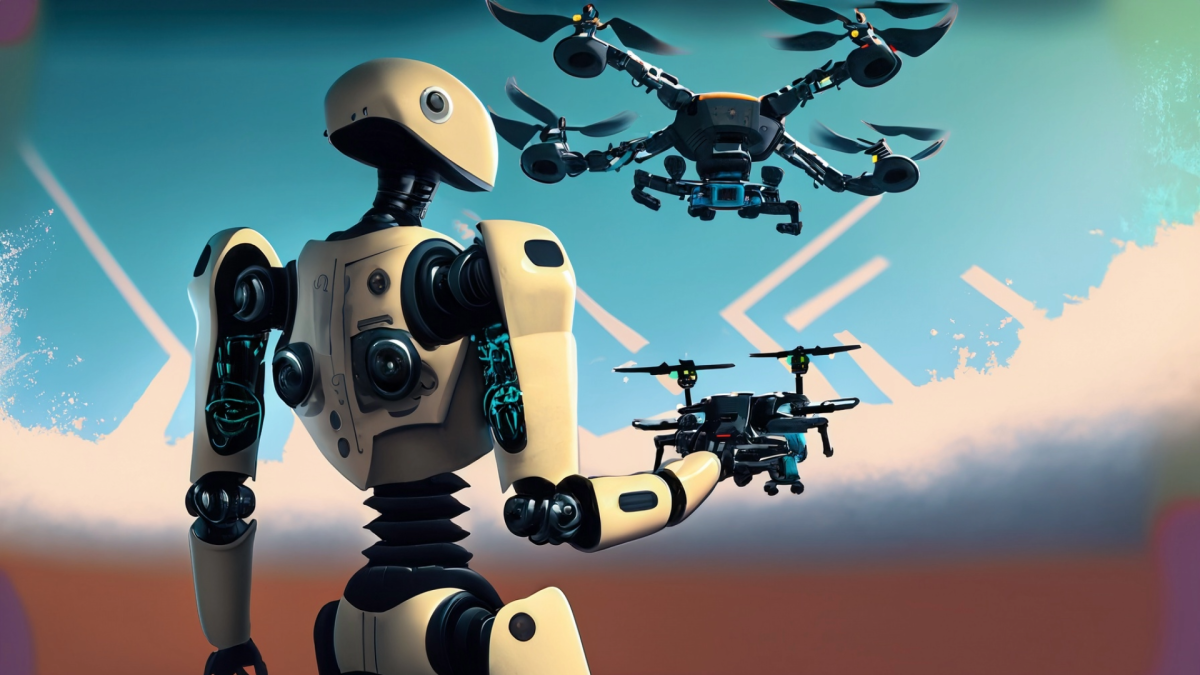
This lesson begins the students' adventures into the wide world of drones. The lesson starts by exploring how drones (UAVs) are used in different fields. This lesson helps to gauge interest in

Students are constructing a cardboard remote control vehicle. Throughout this process, they will practice working with circuits and motors.

The quintessential chemistry lab, Flame Test Lab! Students will use spectroscopes to identify the component photons of light that are emitted from Spectrum Tubes and Flame Tests. Students will learn
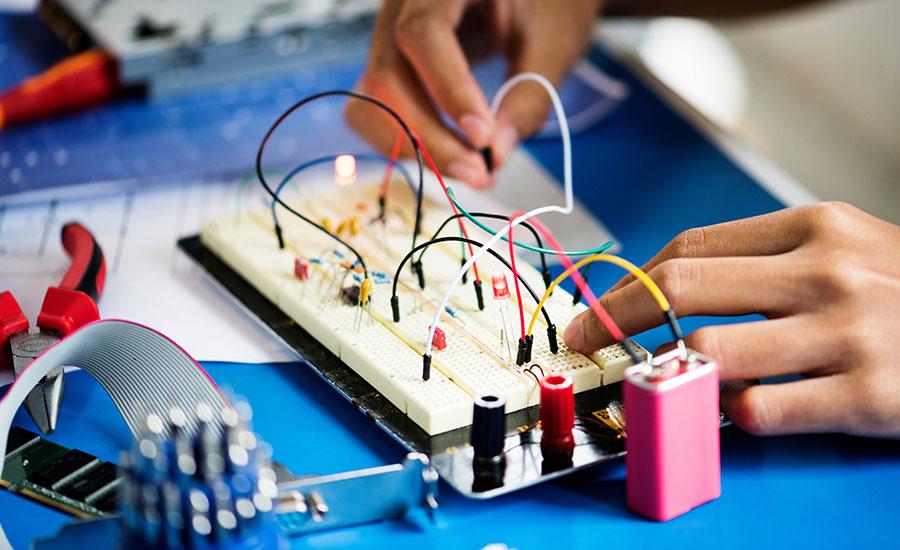
This engaging lesson is designed for students to derive the rules for circuits in series by experimenting with different variables in simple circuits in series using the PhET DC Electricity simulation

This project sets students up to explore animal anatomy and physiology with the idea of replacing a lost appendage (beak, leg, tail, fin, etc.) This is used in small groups of 2 or 3 over the course

In this lesson, students use a pHet simulation to derive Ohm's law. Students will be able to describe Ohm’s law with a formula and through written expression.

Students will create an interactive soundboard (assistive technology) to support students in lower grade levels with skills such as math, reading, or language. They will use Makey Makey to support the
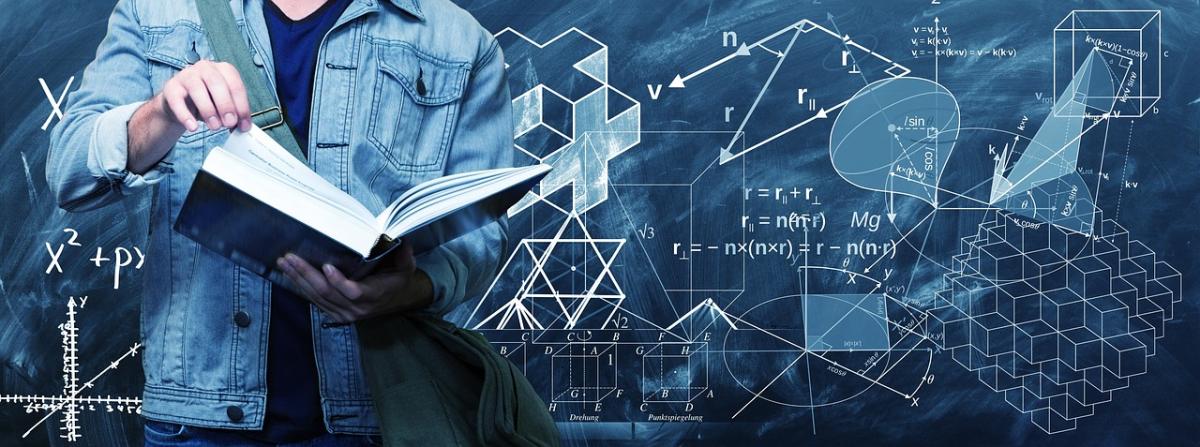
This hands on activity uses calorimetry to determine the calorie content of snack food. Different samples of snack foods are burned and the temperature change of surrounding water is measured. This

In this creative lesson, students engage in the Engineering Design Process and explore e-textiles by creating a light-up felt sugar skull.

Through guided lessons and research, students generate their own circuit review questions by creating a board game that requires designing and building several circuits.

Students will apply STEM principles to design and build a working circuit in the shape of a heart, incorporating science concepts, technology tools, engineering skills, and mathematical calculations.

Students will model series and parallel circuits in Tinkercad and transfer the design to a physical breadboard. At the end of the lesson, students must use the design process to design and build a

This lesson is the second lesson of a two-part series where students investigate concepts of biomimicry and apply them to the real world with issues like resource scarcity. In this lesson, students


